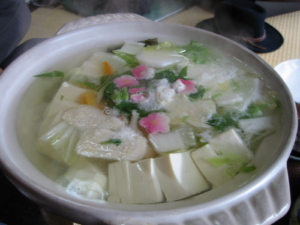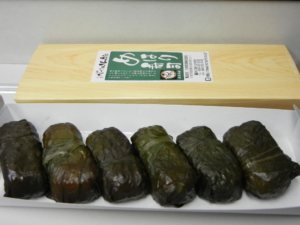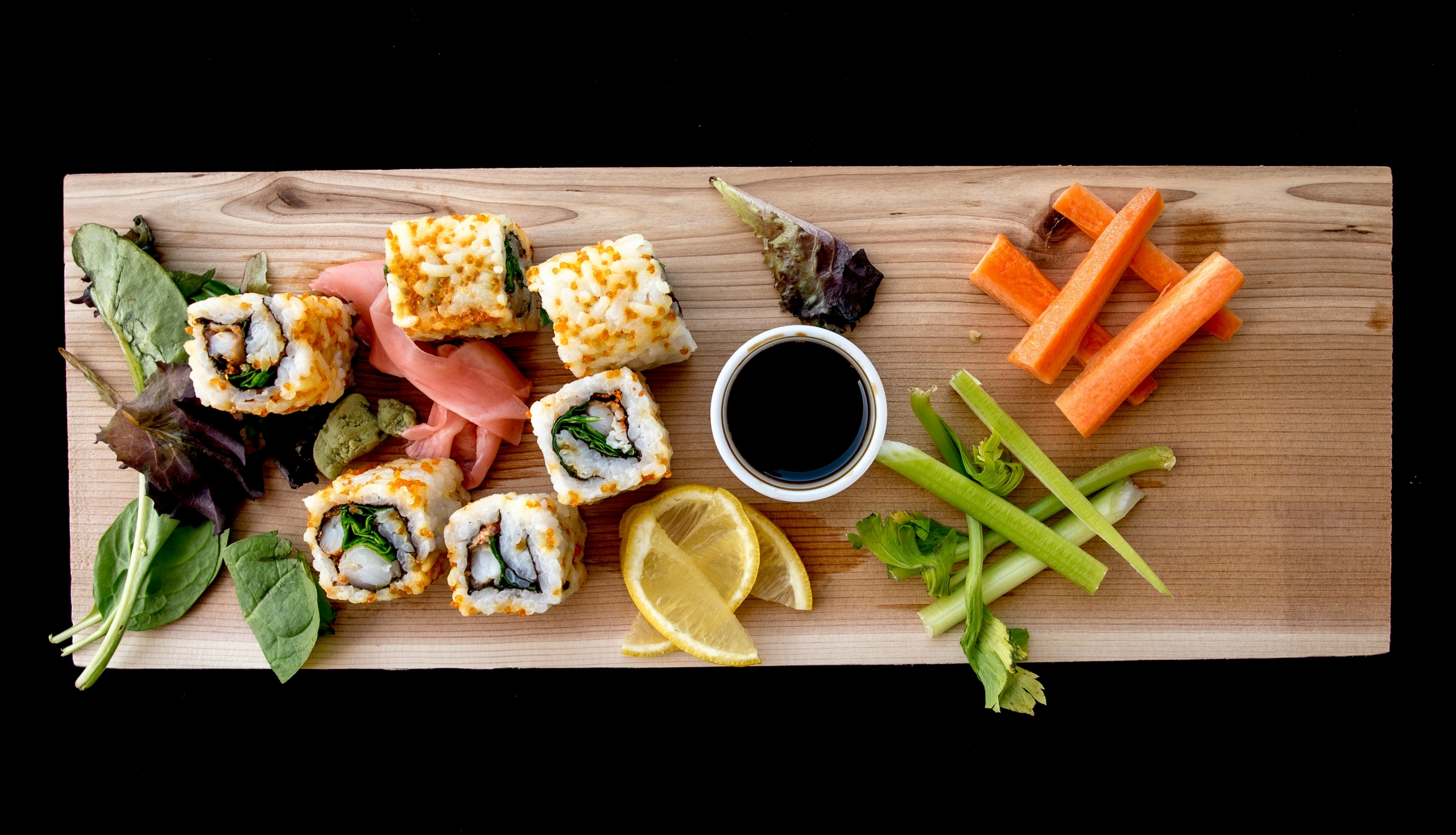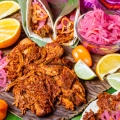Foto de Frans van Heerden en Pexels
Imagine having spent a day hiking on the Kumano Kodo, walking through the Japanese forests, contemplating ancient pilgrimage paths and sacred mountains. Your legs are tired from the long walk, but an exciting energy keeps you on the move. Finally, dusk falls and the fine air fills with the scents of a multi-course meal made in an old-style guesthouse up ahead. A new adventure is about to begin: a journey through the culinary delights of Japan.
The pilgrimage on the Kumano Kodo includes many discoveries. Among them, food. Getting acquainted with Japanese tradition implies realizing much of it revolves around food –as is the case with virtually any culture in the world. But the Kumano Kodo has a distinct culinary flair. As you walk through it, you will not find fried snacks, quick dishes, or a bowl of ramen –things you might find in your local Japanese kitchen. Instead, you will be met with a handful of flavors that spring from Kumano Kodo’s tradition, and its many local resources.
A celebration of freshness
The Kii Peninsula, home to the Kumano Kodo pilgrimage routes, is a collage of deep green forests, flowing waterfalls, and a shoreline that bathes in the Kuroshio Current. This varied landscape translates directly to the table. Fresh seafood takes center stage, from melt-in-your-mouth grilled Ayu (sweet fish) caught in the crystal-clear rivers of the region to succulent tuna steaks from nearby Katsuura, one of Japan’s largest fishing harbors.
The surrounding mountains are another treasure trove of wild produce. Dishes made from local mushrooms, mountain vegetables, and fragrant herbs are all prepared with the utmost care to enhance their natural sweetness and earthy notes.
A legacy of craftsmanship
Meticulous attention to detail and a deep respect for tradition have made Japanese cuisine famous the world over. Kumano Kodo’s food is no exception. Each evening meal is a visual treat, presented in an array of skillfully crafted dishes. Small porcelain saucers, adorned with seasonal patterns, become canvases for culinary art. A simple bowl of rice can be transformed into a masterpiece with the addition of brightly colored pickles and slivers of fresh fish.

Indeed, the Kumano region boasts a rich culinary heritage of its own. If you stay at a Koyasan temple, you will have the opportunity to try Shojin Ryori –a unique style of Mahayana Buddhist vegetarian cuisine. Developed by monks over centuries, this culinary tradition offers a vast array of flavors and textures, proving that plant-based meals can be not only nutritious, but delicious.
In Shojin Ryori, the number 5 plays a central role, recalling the five precepts of Buddhism that lead to Nirvana: do not kill, do not steal, do not commit improper sexual acts, do not lie, and do not take intoxicants. Reflecting these principles, the System of Five states that each dish should incorporate:
- Five colors: white, green, yellow, dark (black) and red.
- Five flavors: sweet, sour, salty, bitter, and umami.
- Five methods of preparation: raw, fried, boiled, roasted, and steamed.
- Five elements: earth, water, fire, wind and air. These are different energies that, according to tradition, can be found in vegetables.
The goal is to create delicately balanced dishes that nourish the body and the spirit, in line with Buddhist principles of compassion and respect for all life forms.

Another fascinating glimpse into tradition is Mehari Sushi, a local specialty. This dish consists of a kind of rice ball wrapped in a cabbage-like leaf –takana. The name of this dish literally translates to “the sushi that makes your eyes wide open,” hinting at the gesture we all naturally make when eating it –because of its rather challenging size.
Embracing novelty
While familiar items such as tempura and sashimi may make an appearance, trying the unexpected is a true joy. You will often find yourself treated to an entirely new dish like wild boar hot pot (shishi-nabe) or chagayu, a savory tea porridge. The ingenuity, diversity, and quality of Kumano cuisine will surely surprise you.
Hitting the road
If you decide to walk the Kumano Kodo, keep in mind this pilgrimage route is all about tradition –culinary traditions included. Forget about a slice of pepperoni pizza or a hot dog. If you are a picky eater, or have strict dietary restrictions, this might not be the best trip for you. Vegetarian options are available at most guesthouses, but you will only find local food.
But for those who are open to experimentation and love good food, Kumano Kodo offers a unique opportunity. Dust off your hiking boots and your sense of adventure and get ready to embark on a (gastronomic) pilgrimage unlike any other.





